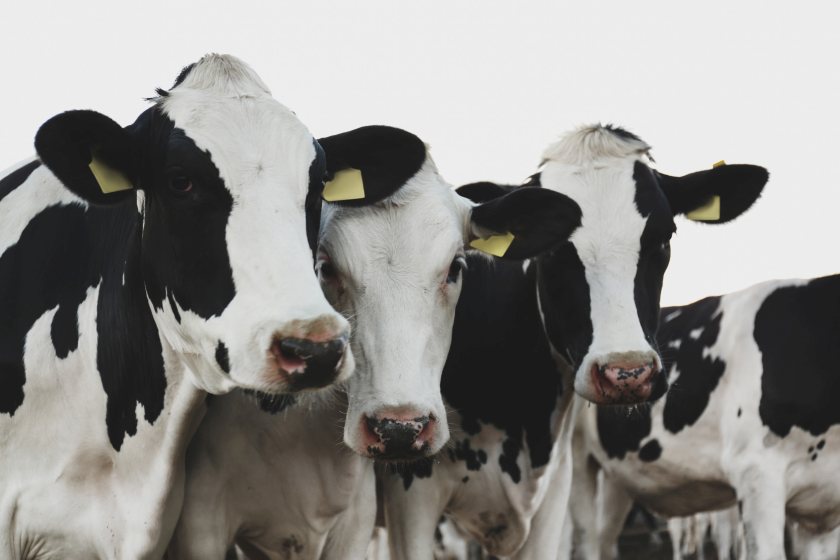
A major new study has revealed that extreme heat can reduce milk production by up to 10% — and even state-of-the-art cooling systems can only halve that loss.
Researchers have delivered one of the most comprehensive assessments to date, highlighting how rising temperatures threaten dairy productivity worldwide.
Published in Science Advances, the study found that a single day of extreme heat can cut milk yield by 10%, with effects lingering for more than 10 days.
Although most farms use cooling systems, the research suggests these are only partially effective — mitigating roughly half of the losses, and even less during more intense heat.
“Climate change will have wide-ranging impacts on what we eat and drink, including that cold glass of milk,” said Eyal Frank, assistant professor at the Harris School of Public Policy.
“Our study found that extreme heat leads to significant and lasting impacts on milk supply, and even the most high-tech, well-resourced farms are deploying adaptation strategies that may be an insufficient match to climate change.”
The research team focused on Israel, home to one of the world’s most advanced dairy industries.
Analysing 12 years of data from over 130,000 cows, alongside detailed local weather records and farmer surveys, they assessed the impact of heat stress and the effectiveness of various cooling interventions.
“The dairy industry in Israel is a good testbed because farms are scattered throughout the country and experience a wide range of temperatures and humidity that represent conditions for top milk producing countries around the world,” explained Ram Fishman, associate professor at Tel Aviv University.
“Plus, almost all farmers have already adopted ventilation and spraying systems to keep their cows cooler. What’s more, Israeli dairy farms are some of the most technologically advanced in the world, so whatever impacts they suffer are likely greater in other regions.”
The study identified a clear threshold for heat stress: wet-bulb temperatures above 26°C — which combine air temperature and humidity — led to marked declines in milk production.
Researchers compared this to a “steam bath” effect, noting that cows can take over 10 days to recover.
Even with widespread use of cooling technologies such as fans and water sprays, the results showed only partial relief.
On days with a wet-bulb temperature around 20°C, systems reduced milk losses by 50 per cent. At 24°C, this dropped to 40 per cent.
Nonetheless, the investments paid off — with the average payback period for installing cooling equipment just 18 months.
“Dairy farmers are well aware of the negative impacts that heat stress has on their herds, and they use multiple forms of adaptation,” said Ayal Kimhi, associate professor at the Hebrew University of Jerusalem.
“Adaptation is costly, and farmers need to carefully balance the benefits they obtain versus the costs. This is why we see some investment in cooling measures, but not a complete insulation of cows from their environment, which would be far too costly to implement.”
The team also modelled future milk yields in the world’s top 10 milk-producing countries, projecting the potential impact of climate change by mid-century.
Without cooling, average daily milk yields could fall by 4%. India, Pakistan and Brazil are forecast to face losses of up to 4% per cow per day — exceeding the reductions observed in Israel.
Even with cooling, these nations are still likely to see declines of 1.5 to 2.7%.
